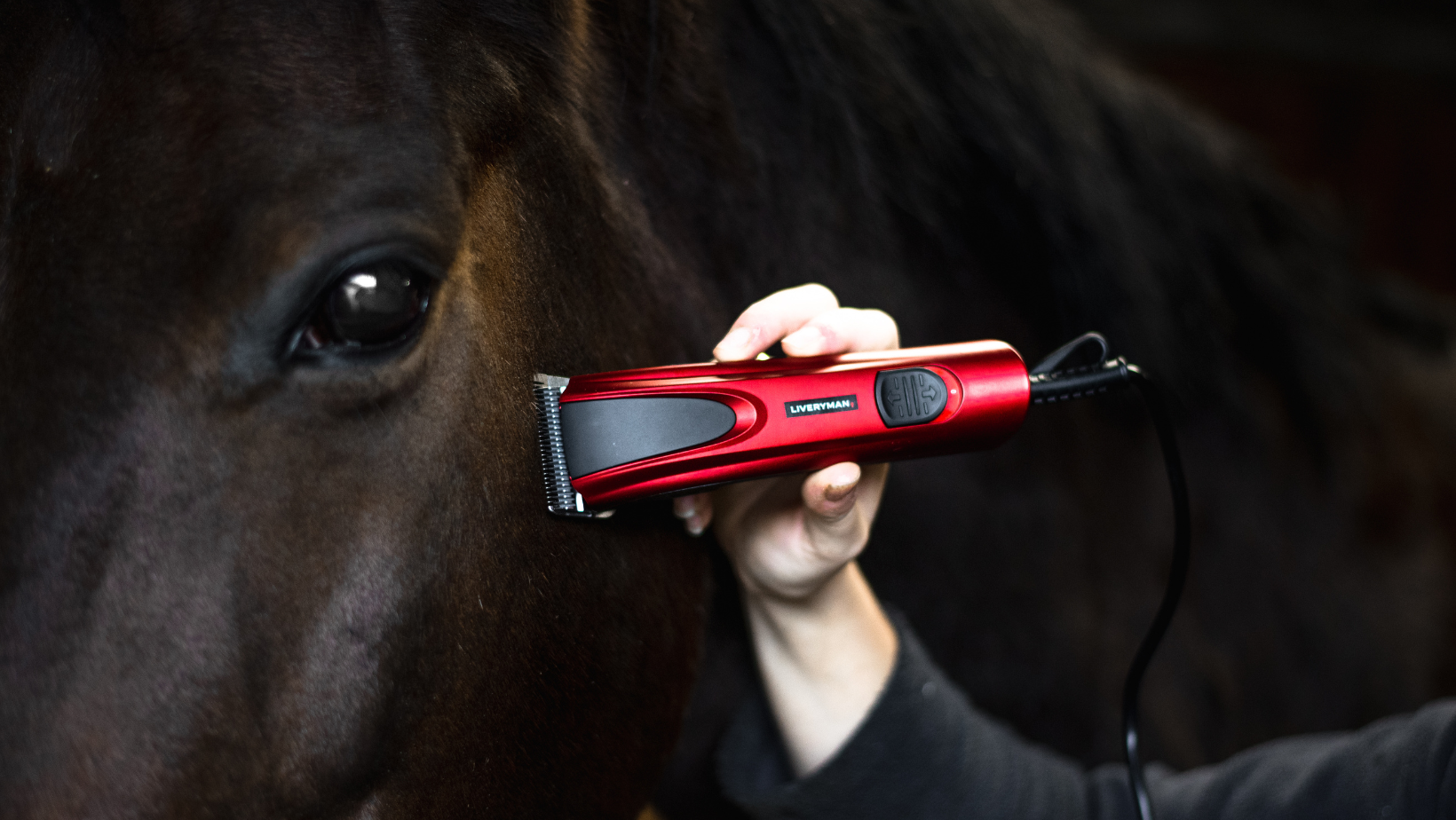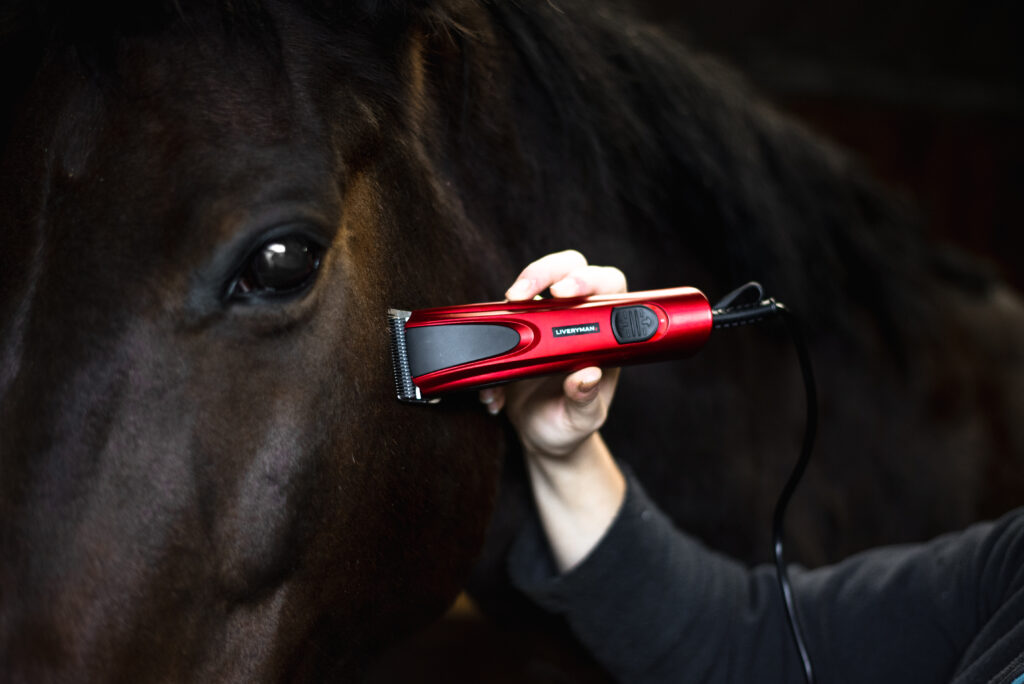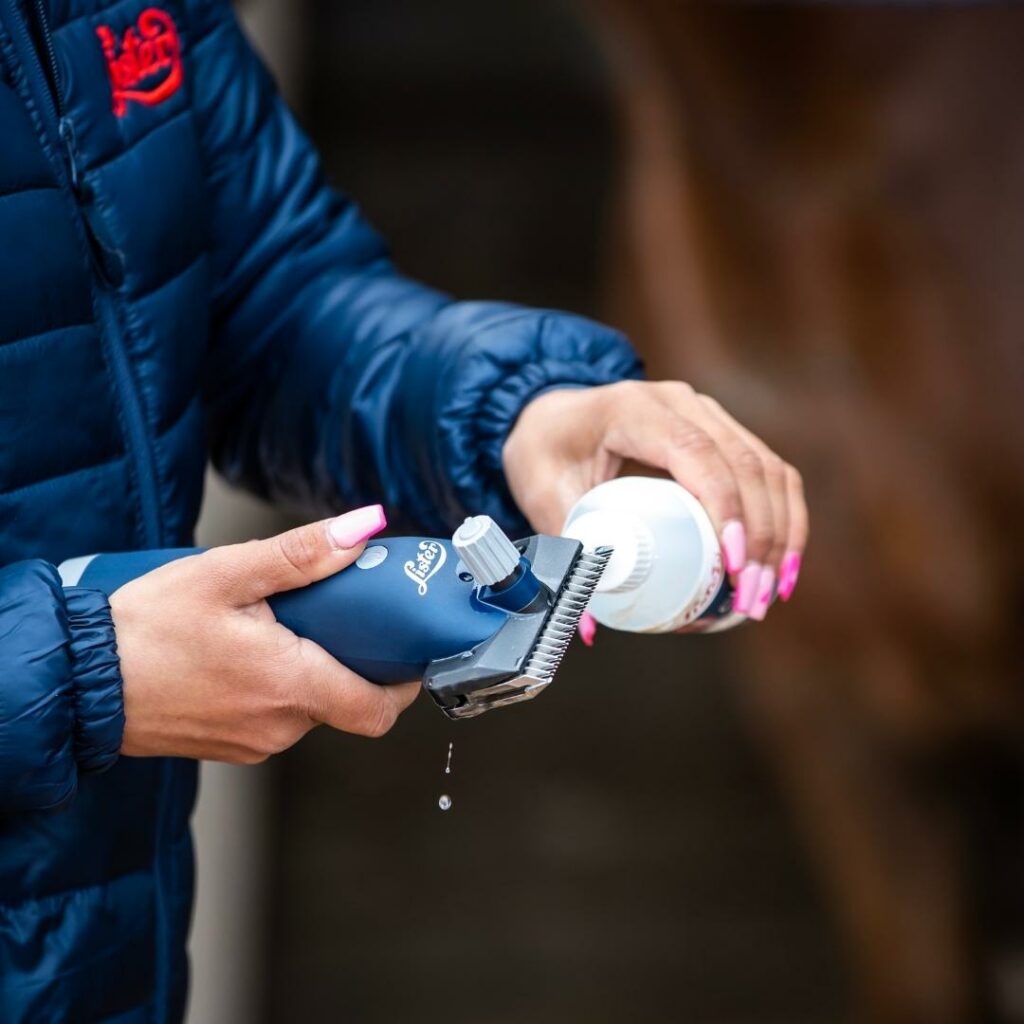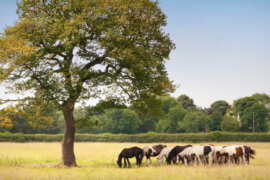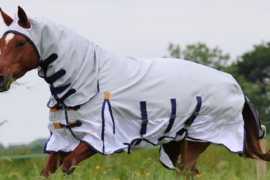With September well under way, clipping season is fast approaching! The nights are drawing in and our horse’s coats are getting darker, thicker, and appearing duller than usual. If needed, most equestrians will start clipping in the next couple of weeks and continue through winter until spring arrives. Preparation is key to achieving the perfect clip! Keep reading to find out how to prepare your horse’s coat and brush up on your clipping knowledge.
Why Do We Clip Horses?
- Clipping is beneficial to a horse that will be worked throughout the winter because it prevents the horse from becoming too sweaty and overheating.
- Clipping can also help the overweight horse. Horses who are overweight can be clipped to help them drop a few pounds over the colder months.
- Keeping the legs and fetlocks clipped can help prevent conditions such as mud fever as the mud will have no hair to cling onto
- Horses with some health conditions, such as Cushing’s disease, may be unable to shed their winter coat in the spring, so clipping does this for them.
Things to consider: An older horse may have more difficulty battling the elements and may need a rug even if not clipped. Make sure appropriate rugs and shelter are available for a horse that has been clipped.
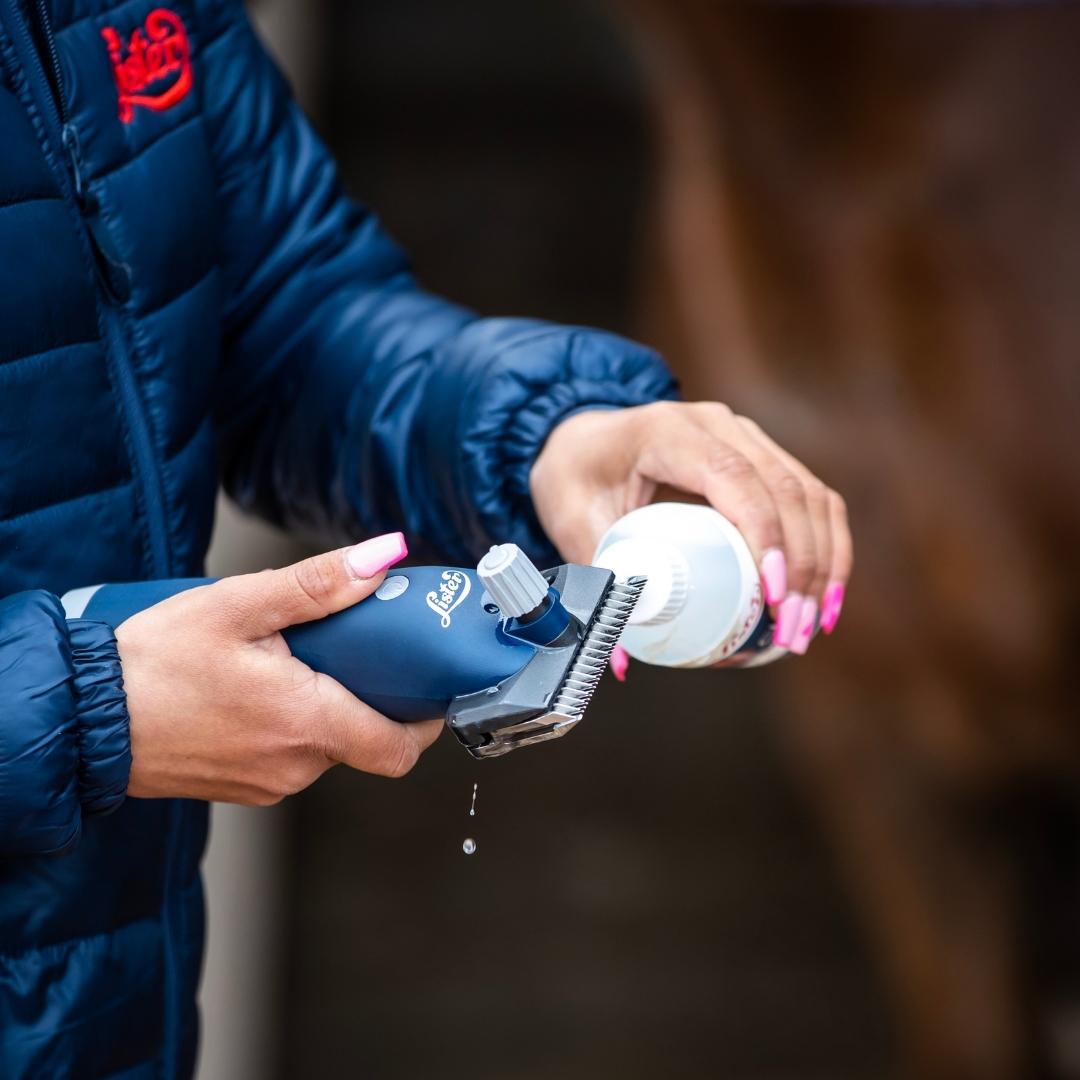
We stock the leading brands for all your clipping needs from Liveryman to Wolsley and Lister to Whal
Preparation
The golden rule of clipping preparation is having a clean coat. A clean coat = a clean clip. If your horse’s coat is dirty, the grease will clog your blades, blunt them, and put additional strain on your clippers. Ensure you thoroughly bathe your horse with a cleansing shampoo to remove all grease and grime from the coat. Using a grooming mitt is often beneficial to loosen dirt, however, if you don’t have one of these to hand, use your fingers to really massage the shampoo into the coat. Avoid additional products like pre-clip oils and pre-clip ‘no wash’ treatments, as these can cause additional friction, meaning the blades will heat up.
Once thoroughly cleaned, allow a 24-hour period (if possible) to dry completely before beginning to clip. Maybe consider preparing the mane by placing it into sections to keep out of the way, meaning a clean clip can be achieved all the way up. Some clipping experts suggest using chalk to mark out clipping lines to ensure minimum mistakes are made. Whether you’re clipping a bib or a blanket clip this can be a great little trick.
Clipping Essentials
Before clipping, please ensure your clippers are fully serviced, charged, and safe to use. This will eliminate any worries you may have mid-clip! We’ve all been there, halfway through a full body and your machine runs out of charge- nightmare. Secondly, it’s so important to keep oiling your blades every 5-10 minutes whilst clipping your horse, keeping all of the parts running smoothly to ensure a smooth clip throughout. If your clippers aren’t working as intended, ensure the blades are fitted/ tensioned correctly. Once you’ve finished clipping, it is advised to hot cloth your horse to avoid any hives and irritations from loose hairs remaining on top of the skin. Finally, a clean rug should be put on to help regulate your horse’s body temperature.
Concluding Points:
- Remember to brush and oil your clippers every 10 minutes or as needed
- Check that the blades are not getting too hot or blunt; swap them for a spare set if they are
- Drip oil lubricates the blades better than a spray oil
- Have a rug to hand to put on your horse while you’re clipping to help keep them warm. If you’re clipping the neck and chest, for example, you can fold the rug back so that it sits on his quarters
- If using a mains clipper, always use a circuit breaker
- Have some trimmers to hand to get in those hard-to-reach places around the head and legs
- Make sure your horse is rugged once you’ve finished clipping

